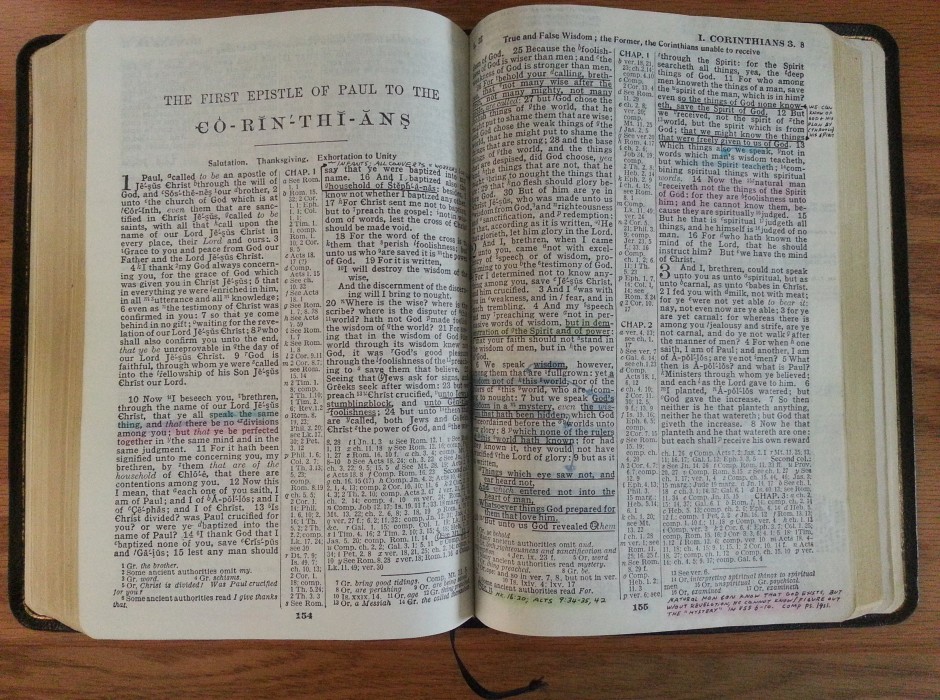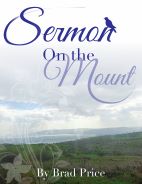One of the most fundamental considerations about baptism is the mode which is to be employed. Is baptism sprinkling, pouring or immersion? Or, does the mode really matter? Let’s study…
- BAPTISM AND TRANSLITERATION
Understanding the definition of baptism is a good place to start. In doing this, we are not so interested in what the word means to modern day Americans as we are in what Bible writers intended when they used the word. The Greek word that we get baptism from is the word baptizo. Do you see the similarity between the Greek word and the English word? There is a reason for the similarity. The word was not translated into English from the Greek. Instead, it was transliterated. When something is translated into another language it is assigned an already existing word (or words) that communicate the same meaning in another language. But when a word is transliterated, a new word is actually devised by keeping it similar to the Greek word (in this case). In short, here is the problem. To the Greek reader in the first century the word baptizo meant (and it still means) to dip or to immerse, but the word baptism muddies the water to many in English. It makes the mode of baptism seem not so definite, when in reality it is. Unfortunately, this was the intent of transliterating the word rather than translating it.
(2) THE USE OF THE WORD IN THE NEW TESTAMENT
Our understanding of the mode of baptism is by no means dependent upon our knowledge of the Greek language. In fact, in some ways, an even better way to understand the mode of baptism is to simply see what is taught about it in the Bible text.
In Colossians 2:12 Paul says, “having been buried with him in baptism, in which you were also raised with him through faith in the powerful working of God, who raised him from the dead.” Likewise he states in Romans 6:4, “We were buried therefore with him by baptism into death, in order that, just as Christ was raised from the dead by the glory of the Father, we too might walk in newness of life.”
A very quick examination of the use of the word baptism in the New Testament clearly demonstrates that baptism is immersion in water. It is a burial.
(3) EXAMPLES OF NEW TESTAMENT BAPTISMS
If we have reasoned correctly thus far we would also expect to see harmony displayed in actual baptisms in the New Testament. And indeed we do. Note a couple of clear examples…
John said in John 3:23, “John also was baptizing at Aenon near Salim, because water was plentiful there, and people were coming and being baptized.” Why was John baptizing there? Because of the volume of water needed for baptism.
Luke records the conversion account of the Ethiopian eunuch in Acts 8 where the text records, “And he commanded the chariot to stop, and they both went down into the water, Philip and the eunuch, and he baptized him” (v. 38). If sprinkling were permissible, this would seem to be the ideal place to use it. The Ethiopian was in the midst of a long journey. It was not convenient for him to be immersed in water.
Surely the question of the mode of baptism was anticipated by our Lord as we notice the very precise wording regarding it in the Scripture. So, through the meaning of the word, through the action which is described, as well as the examples we see in Scripture, the only rational conclusion we can draw is that baptism is immersion in water. In fact, we can go so far as saying that sprinkling and pouring are simply not baptism. Baptism is immersion. Immersion is not sprinkling or pouring. The practice of sprinkling and pouring for baptism are completely without Bible authority.
Daren Schroeder

